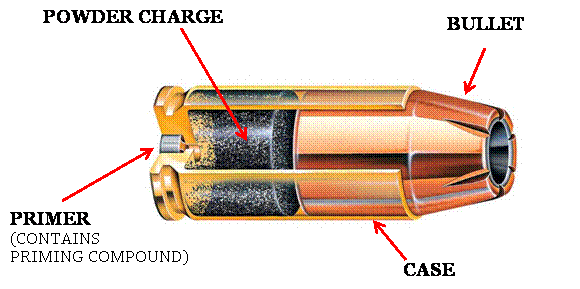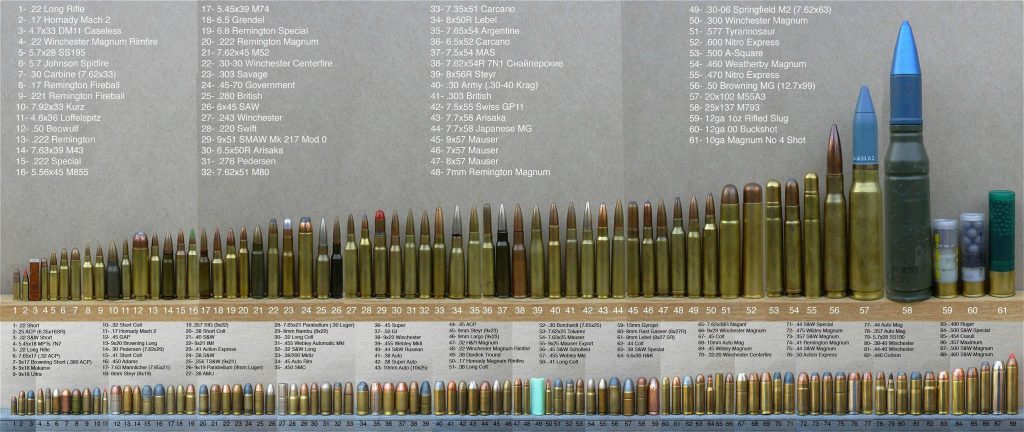9mm, 30 caliber, 12 gauge? What does it all mean? This can be confusing for a new shooter. A bullet caliber refers it’s own diameter (the projectile portion of the cartridge). However, the confusion can easily set in if you do not understand that all calibers are not using the same unit of measurement.

A 9mm cartridge is clearly using the metric system but what about cartridges actually labeled “caliber”? Simply put, caliber is the diameter of the projectile in tenths of an inch. 50 caliber = .5 inches in diameter. Often you will see this simply displayed as .50.
Confusing? Yes, but you will get the hang of it after a little practice.
Not confusing enough yet? Let’s talk about gauge. As in 12 gauge or 20 gauge shotguns.
A gauge of a shotgun again refers to the inner diameter of the barrel but it is figured in a slightly different (clearly older) way. In the simplest terms the gauge is (weight in fractions of a pound) of the largest spherical ball (made of lead) that could fit into that barrel. So, 12 gauge = the diameter that a 1/12th lbs ball of lead (perfectly spherical) could fit in said barrel.
Needless to say. There are a lot of different caliber bullets and cartridges. Some of them share certain aspects with each other. Others are so close they are interchangeable. Most, however, are not. Consult an expert before trying this. A great resource for caliber data is the Lyman Reloading Handbook (50th edition was available at the time of this writing).

